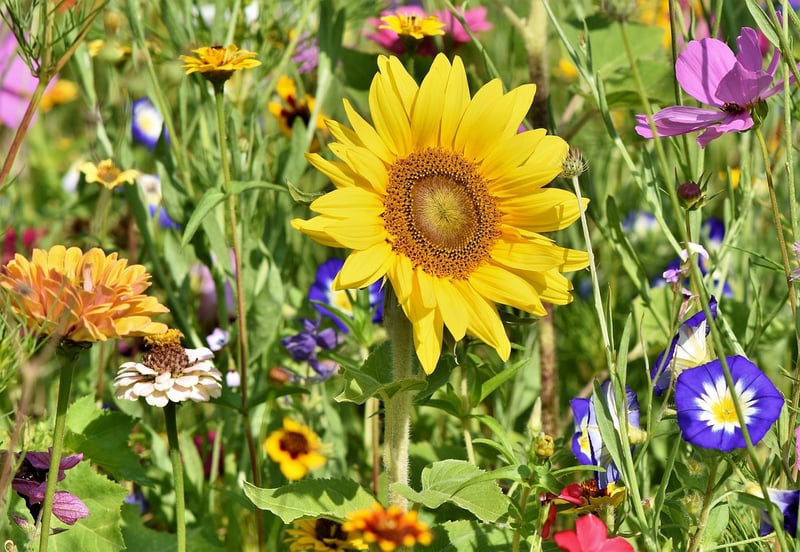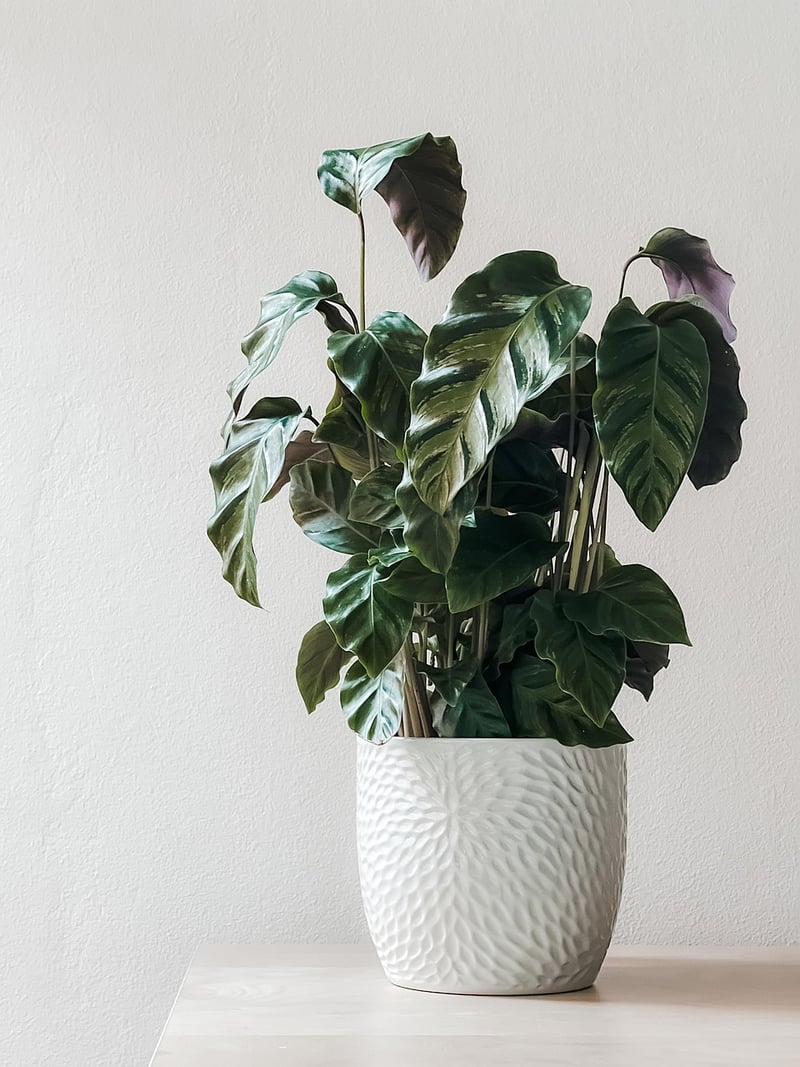Indoor Planting
Vertical Gardening Ideas and Indoor Planting Tips
Introduction
Are you looking to maximize your gardening space and bring the outdoors inside? Vertical gardening and indoor planting are excellent solutions to fulfill your green aspirations. In this article, we will explore creative ways to garden vertically and provide tips for indoor planting to help you create a lush and thriving green oasis.
Vertical Gardening Ideas
1. Vertical Wall Gardens
Transform your plain walls into living masterpieces by installing vertical wall gardens. Use modular planters, hanging pots, or wall-mounted planters to grow a variety of plants such as herbs, succulents, and flowering plants. This not only adds a touch of nature to your space but also enhances air quality.

2. Trellis Gardening
Utilize trellises to grow climbing plants like vine tomatoes, cucumbers, or flowering vines. Attach trellises to containers or directly to walls to support the upward growth of your plants. This method is perfect for small spaces and adds a visually appealing vertical element to your garden.

3. Hanging Planters
Suspend hanging planters from ceilings, hooks, or beams to create a stunning display of cascading greenery. Opt for a variety of plants with trailing or hanging growth habits such as pothos, spider plants, or ivy. Hanging planters not only save floor space but also add a dynamic dimension to your indoor garden.

Indoor Planting Tips
1. Choose the Right Plants
When selecting plants for indoor gardening, consider factors like light requirements, space limitations, and maintenance needs. Opt for low-light plants such as snake plants, peace lilies, or ZZ plants for areas with limited sunlight, while herbs like basil, mint, and parsley thrive in sunny spots.
2. Provide Adequate Light
Ensure your indoor plants receive sufficient light by placing them near windows or using grow lights. Different plants have varying light requirements, so it's essential to position them accordingly to promote healthy growth and blooming.
3. Proper Watering and Drainage
Avoid overwatering or underwatering your indoor plants by checking their specific watering needs. Use pots with drainage holes to prevent waterlogging, and consider using a saucer to catch excess water. Monitor the soil moisture regularly to maintain optimal growing conditions.
4. Regular Maintenance
Keep your indoor plants healthy by dusting their leaves, pruning when necessary, and inspecting for pests. Regularly fertilize your plants during the growing season to provide essential nutrients for robust growth and vibrant foliage.
Conclusion
By incorporating vertical gardening ideas and following indoor planting tips, you can create a verdant and thriving garden space even in limited areas. Experiment with different plant varieties, designs, and placement to personalize your indoor oasis and enjoy the beauty of nature all year round.
